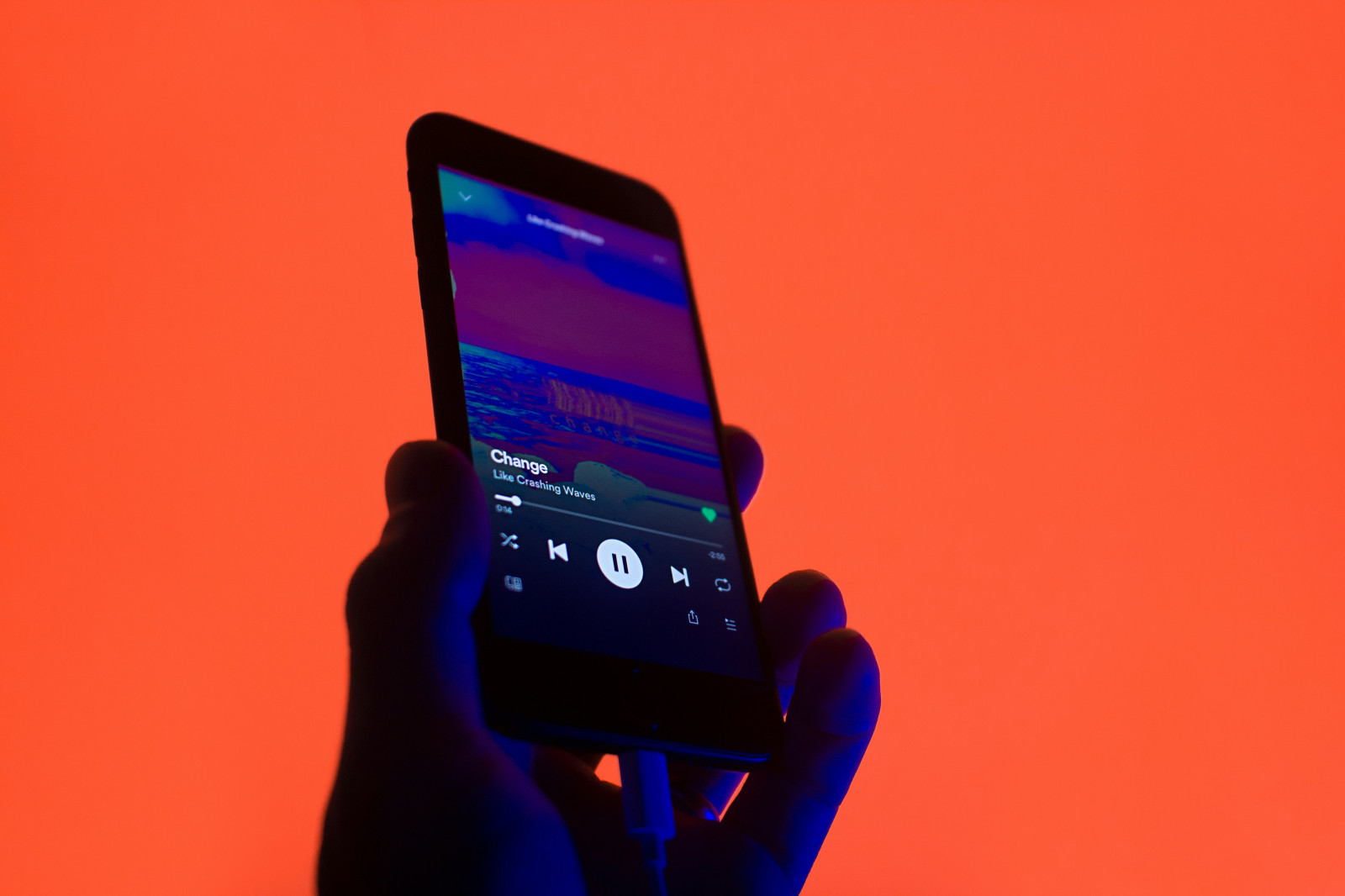Gender inequality in music mirrors the challenges of streaming… as do its opportunities for change

Photo: @felipepelaquim

It has never been easier to become a music artist, but it has never been harder to turn that into a long-term career. A hyper-saturated content environment means record levels of competition and decreasing shares of stable revenues. Cutting through the clutter means artists are spending more time creating marketing content than they are making music, to the point where some lament they are getting worse at music as a result. Often, the artists perceived as having the most potential for success are those who go viral on social platforms, but this is an entirely different skillset; they may be great at TikTok, but that does not necessarily make them great at music, and vice versa.
Artists across the board are struggling in this environment. Yet, along with the challenges have come new opportunities.
Where there are lemons…
It is easier than ever for artists to make their own ways in the world. They can reach their most ardent fans and perform in a supportive community without sacrificing their artistic integrity for the sake of radio plays or mainstream values. The increasing availability of DIY tools means they do not have to rely on rigid label contracts or unfriendly management teams to create.
As found in our recently-published ‘Be The Change’ report (in partnership with Believe and TuneCore), challenges are shared by most artists, but the degree is compounded by identity. There have always been ‘cookie cutter’ models of success, limiting artists’ ability to be unique or creative. But there have always been fewer of those models available for women to fit into than men, and fewer still for women of colour. Online abuse is a shared struggle for all, but women experience it more than men, and gender expansive individuals experience it more than women. Financial struggles are one of the most common reasons artists of all identities consider quitting – but women are far more likely to discover being underpaid compared to same-level colleagues than men are… the list goes on. The full report is available here for the complete breakdown.
In the face of these, and more extreme, challenges (like harassment and assault), the established industry has been glacial in its response. So those most affected by those challenges have been most ambitious about finding ways around it completely.
Featured Report
The future of (US) TikTok Implications for the social marketplace
TikTok has played a significant role in digital culture over the last five years, driven largely by pandemic-era adoption and knock-on effects. From marketing strategies to viral trends, it has become inextricable from Gen Z culture. Yet it now faces risk of disruption in the US and possibly beyond as a result.
Find out more…If you want it done right, do it yourself
Non-major labels have grown their market share for the fourth consecutive year. Artists as big as Raye, Chance the Rapper, and Taylor Swift herself have either left or totally avoided traditional label deals in favour of independent service / distribution deals or bespoke arrangements of their own (as with Chance and Apple). Smaller artists are even more flexible, with less valuable catalogue to tie them anywhere; when surveyed in previous years, few say signing a deal of any kind is a career ambition, with most choosing to do so only to help shoulder the workload.
This has had a major impact for women in music, who have used this flexibility to build their own ways in the music world. Artists interviewed for the ‘Be The Change’ report described being able to find supportive teams, rather than compromising in exchange for success as they once would have had to do. They can choose not to work with people they do not feel comfortable with, pursue their own creative integrity without the same pressures for pigeonholing, and have better negotiating powers for things like payments when they have more options available to them. And rather than waiting on A&R teams to discover them, they can use social platforms to build audiences themselves; in the words of one artist we interviewed, you “can’t be hidden” anymore. There are no more gatekeepers in a world where anyone can go viral for anything.
A fan-first future means artists in charge
In short, rather than waiting for the old industry to change, they have embraced the new one – and built their own opportunities where gaps have remained. While the industry as a whole may take time to catch up, artists of all genders are embracing these emerging opportunities, and building a new industry where they are in control of their careers and their futures. It may be harder to go it alone, with artists direct having had a tough year (Spotify’s 1000-stream limit, supported by Universal, is one hurdle these artists now face), but a mid-tier level of support services and the natural emergence of more diversified, curated distribution are the hallmarks of a new industry befitting the current age.
Of course, the path forward is not all roses and rainbows. A Google search of “gig economy” will fill you in on all the pitfalls of a primarily freelance system with few inherent worker (or artist) protections. The rise of generative AI, as with this week’s chatter about Suno, begs the question: what happens when companies that peddle art purely for forgettable, background consumption no longer need artists at all? However, the industry is increasingly turning towards fandom as a response to streaming’s revenue woes – and fans need to be fans of something (or, more often, someone). And when it comes to their views, attention, and spending power, it is the artist – the subject of that fandom – that has the most power of all… and that is a power that can defy all old notions of expectation, gendered or otherwise.

There is a comment on this post, add your opinion.